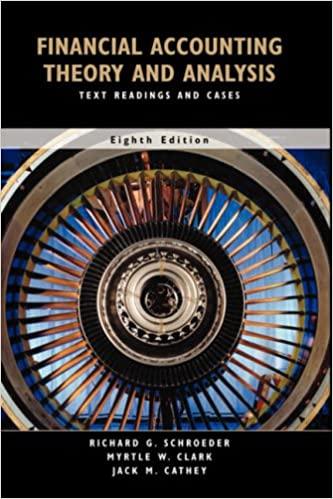

Affordable Electronics Inc. manufactures medium-quality, reasonably priced wireless speakers for home use. The company uses standards to control its costs. The labour standards that have been set for one speaker are as follows: Standard Hours 18 minutes (2.30 hours) Standard Rate per Hour $16.00 Standard Cost $4.80 During July, 8,050 hours of direct labour time were recorded to make 26,000 units. The direct labour cost totalled $132,020 for the month. Required: 1-a. What direct labour cost should have been incurred to make the 26,000 speakers? (Do not round intermediate calculations.) Direct labour cost 1-b. By how much does direct labour cost differ from the cost that was incurred? (Indicate the effect of variance by selecting "F" for favourable, "U" for unfavourable, and "None" for no effect (.e., zero variance).) Total variance 2. Break down the difference in cost from requirement 1-b above into a labour rate variance and a labour efficiency variance. (Indicate the effect of each variance by selecting "F" for favourable, "U" for unfavourable, and "None" for no effect (i.e., zero variance).) Labour rate variance Labour efficiency variance 3. The budgeted variable manufacturing overhead rate is $3.00 per direct labour-hour. During July, the company incurred $24.955 in variable manufacturing overhead cost. Compute the variable overhead spending and efficiency variances for the month(Indicate the effect of each variance by selecting "F" for favourable, "U" for unfavourable, and "None" for no effect (.e., zero variance).) Variable overhead spending variance Variable overhead efficiency variance ! Required information [The following information applies to the questions displayed below.] Preble Company manufactures one product. Its variable manufacturing overhead is applied to production based on direct labour-hours, and its standard costs per unit are as follows: Direct materials: 6 kg at $9.00 per kg Direct labour: 3 hours at $15 per hour Variable overhead: 3 hours at $5 per hour Total standard cost per unit $ 54.00 45.00 15.00 $114.00 The company planned to produce and sell 20,000 units in March. However, during March the company actually produced and sold 25,000 units and incurred the following costs: a. Purchased 180,000 kg of raw materials at a cost of $7.50 per kg. All of this material was used in production. b. Direct labour: 61,000 hours at a rate of $16 per hour. c. Total variable manufacturing overhead for the month was $306,220. 2. What is the materials quantity variance for March? (Indicate the effect of each variance by selecting "F" for favorable, "U" for unfavorable, and "None" for no effect (i.e., zero variance.).) Materials quantity variance








